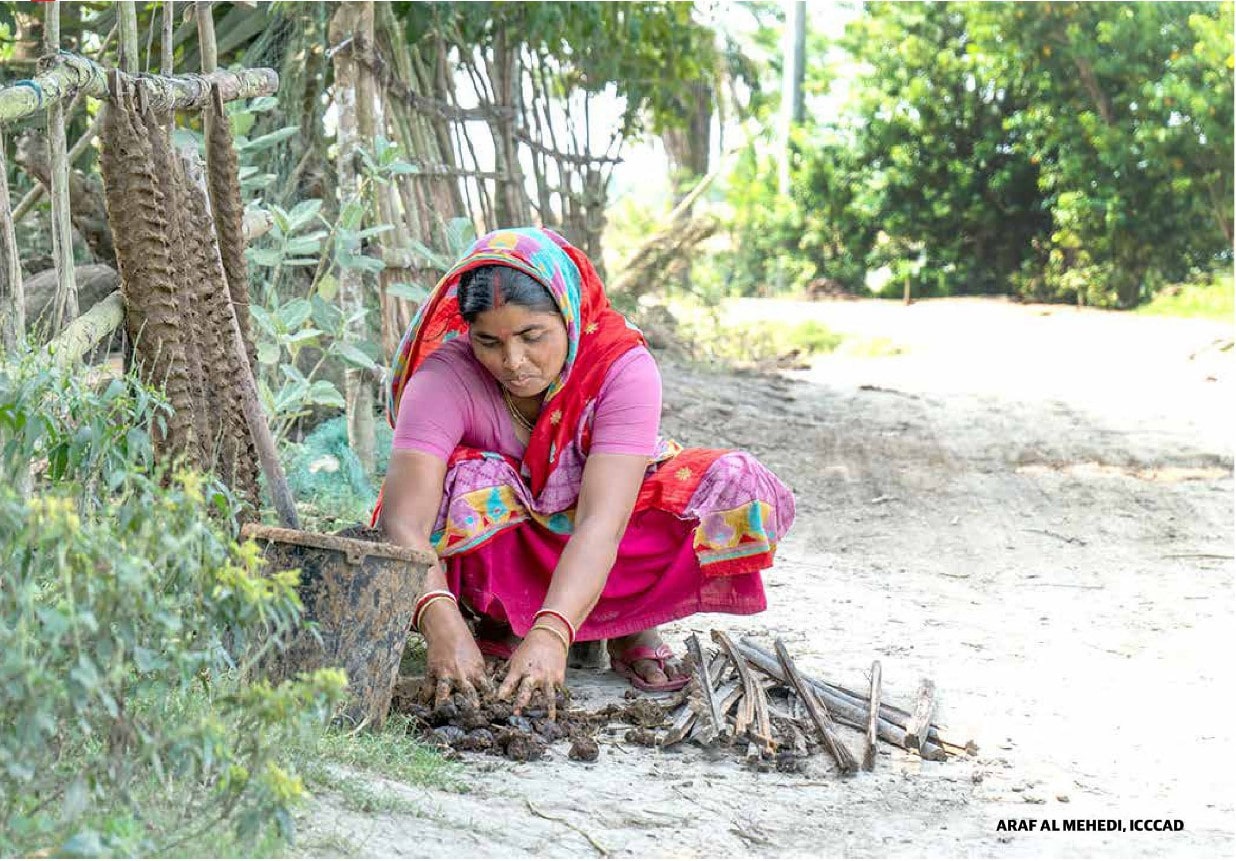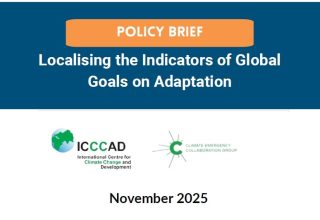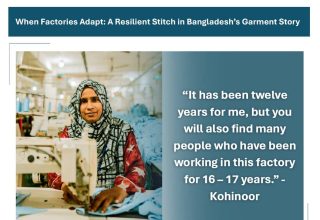
When I asked a group of women what their profession was, every single one of them said: “I am a homemaker.” But anyone who has seen them working knows the truth.
They spend hours every day in the fields. When I asked if they ever went to the field to work, they told me about weeding, watering, harvesting, and threshing — tasks that take at least four to five hours of hard labour a day.
This simple exchange reveals a harsh truth: Women’s hard work in the fields often goes unnoticed, even by the women farmers themselves. While men doing the same labour proudly carry the title of “farmer,” women are too often reduced to mere “assistants” or “helpers.”
The law doesn’t know her rights
Imagine rising before dawn, tending to the fields under the blazing sun, planting seeds and harvesting crops that feed entire communities. Now imagine not having the right to make decisions about the very land you work on, even when the land registration bears your name. For most women farmers in Bangladesh, this is their daily reality.
In this riverine land, where women have worked in the fields for centuries, their contributions are somehow still not counted.
While climate change continues to reshape agricultural practices in climate-vulnerable Bangladesh, women who largely depend on agriculture rarely have a say in how it is used.
Instead, they depend heavily on the landowners, those are usually their husbands, fathers, brothers, or sons. These men make the decisions, and women live with a constant fear that even a small disagreement could lead to violence or that they might be kicked out of the house or left behind with no resources in times of crisis.
Land is more than just a place to grow crops. It gives women a way to earn and protect themselves in difficult times. Yet, women are still denied control over the land they cultivate, thanks to discriminatory inheritance laws and deep-rooted social norms.
However, women’s control over land doesn’t just depend on laws, it is also shaped by their social class or marital status. Sometimes they become the very tools some use to keep the power away from them.
Even when their names appear on the legal papers, women often cannot have decision-making power over the use of that land. This lack of recognition makes it even harder for them to claim their existing land rights.
In places where land is scarce, competition grows fierce. Women and other disadvantaged groups find it even harder to get a share. At the same time, common pool resources that poor communities used to depend on are gradually disappearing.
These resources are very critical to livelihood, especially for poorer communities, and even more so for women and other marginalized groups.
Over time, agriculture has changed from growing food for families to growing crops to sell for money — the historical process of commoditization. As this happened, men took more control of the land and suddenly women became less important, as selling crops which stayed in men’s hands made them more powerful.
Since climate change makes everything more difficult, women who already have fewer resources with restricted control are compelled to find ways to adapt with little support.
Often, this means switching to crops that barely bring in enough to survive. In many homes, women eat last. So, when food runs low or spoils because of heat, they suffer the most.
Rising temperatures also mean women spend more time fetching water, cooking, and storing food. These burdens fall heaviest on poor women with limited resources.
Without secure land rights, women lack the power to decide what to plant or how to manage their farms, limiting their ability to respond to changing climate conditions.
It doesn’t have to be this way
Women’s access to resources has a significant positive impact on households’ adaptive capacity. When women have access to land and control over how it is used, their lives improve in many ways.
Women who own land and control their resources earn more money. Evidence from across the Global South confirms that when women have secure land rights, they are better positioned to secure loans, invest in productive assets, and channel more resources toward their families’ nutrition and health.
It could contribute to climate change adaptation and mitigation through long-term land investments, increased range of response options, and sustainable management of forest resources.
Women’s hands result in lush green crops, hands that work hard, but go uncounted. To break this cycle, we must do more than heal the soil or tame the weather.
Ensuring women’s secure access to land and related resources, providing education, adopting gender-responsive and inclusive policies are essential to protecting their land rights.
Without tackling the root causes of their vulnerability, we risk deepening the very inequalities that hold women down, locked within local power structures built to exclude her from sustainable development planning.
Originally this article was published on Aug 07, 2025 at Dhaka Tribune
About the Author
Jannat Ara Shifa is working as a Gender Analyst at the International Centre for Climate Change and Development (ICCCAD). Her work covers gender, agriculture, climate change, and water management. Email: jannat.shifa@icccad.org.
The women farmers whose voices are reflected in this piece are part of PARIBARTAN: Participatory Action Research on Locally-Led Iterative Learning and Inclusive Business Models for Adaptive Transformation in Bangladesh Polders Project. The project is funded by the Australian Centre for International Agricultural Research (ACIAR) and implemented by CIMMYT, the International Centre for Climate Change and Development (ICCCAD), and Shushilan NGO. It is currently working in Botiaghata, Khulna and Amtali, Barguna with a focus on building self-sustaining learning systems that help farming communities respond adaptively to rapidly changing conditions.















